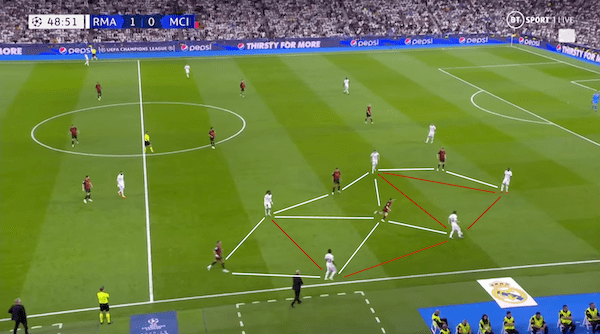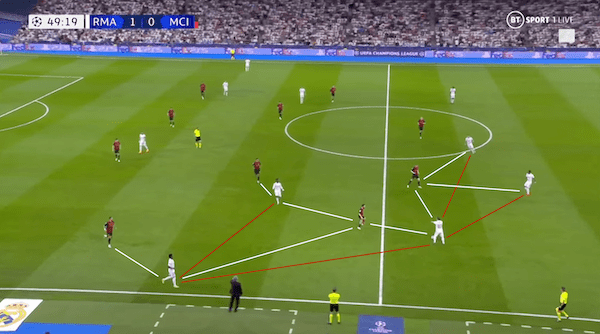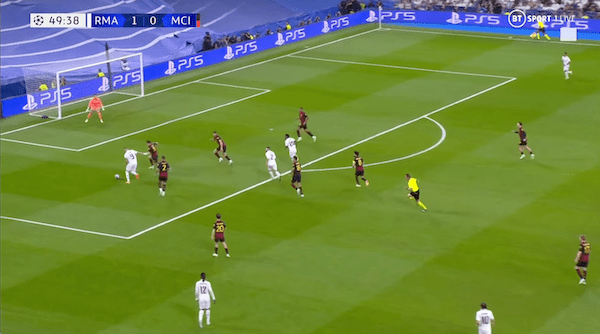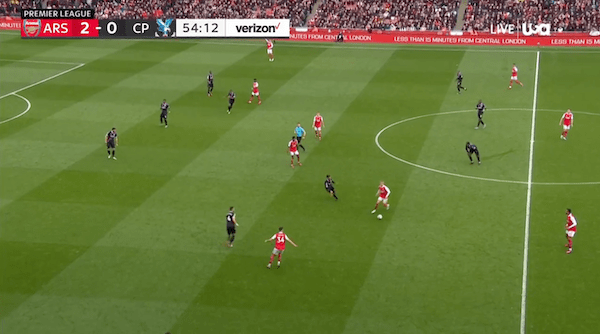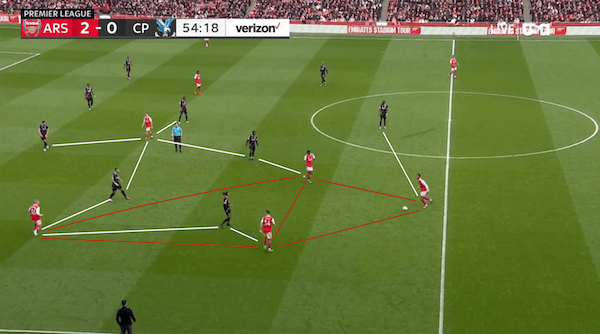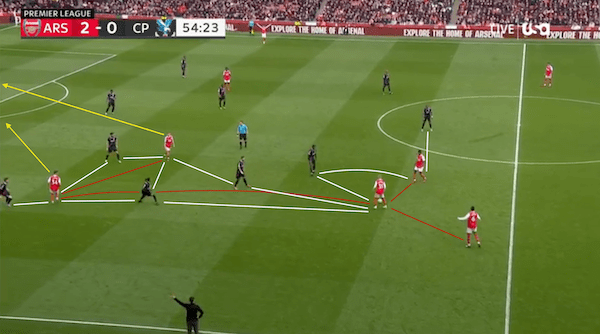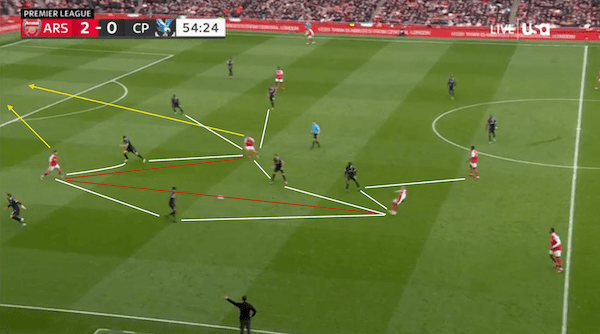Re-Position Play
A correct position does not exist.
Because a correct position will always be in relation to one specific game situation, and when players apply positioning effectively in relation to the game we observe a style of football that is fluid and free-flowing
‘IN RELATIONal’ FOOTBALL
The key word that you have to remember throughout this article is relation.
RELATE: the way in which two or more concepts, objects, or people are connected; a thing's effect on or relevance to another.
When players are playing in a match they are relating to multiple things at once:
Teammates
Opponents
Ball
Goal(s)
Teammates: Players have to work together (RELATE) in order to achieve the objective of the game, score more goals than the opposition.
Opponents: As they are relating to one another, they are doing so in relation to the opponent and where they are positioned and attempting to affect them.
Ball: Both teams are relating to one another with the ball having a huge effect about where they choose to be.
Goal(s): Both teams position themselves in relation to the goal. If the goals were near the corner flags, football would look very different.
As you can see, all players (inter)act in RELATION to everything else going on around them. This creates relations between themselves and the game.
PRACTICAL EXAMPLES
Let’s look at an example of Real Madrid from the 22-23 season. I have highlighted certain still images with:
White lines = In relation to opponent
Red lines = In relation to each other
Yellow lines = In relation to the goal
As you can see in these images, players are moving (positioning themselves) in relation to where the opponent is, where they can best the teammates with the ball in relation to other teammates who are also trying to support the ball carrier, and where they want to go. The result is constant Positional Play which is highly relational.
Re-Position Play.
Players are constantly repositioning themselves to achieve their objective. Using this frame of reference we can deduce that Positional Play is not about the static positions players find themselves but instead the constant adjustment of positions. This is what brings this type of game to life.
We can use this same reference to observe Arsenal.
All of these relations are the information that players should (unconsciously and consciously) take into consideration, and the only way to for them to be able to do this is by training with all of those elements in place.
For example, training in unopposed situations would get rid of all of the white lines. Those lines are valuable information that informs players about where to reposition themselves.
Check out Coaching Positional Play Online Course for practical tools to create training sessions using true game situations with all necessary reference points. Get more information here.
Now, let’s watch what Re-Position Play looks like in motion.
First, Real Madrid:
And here, Arsenal:
Ultimately for Position Play to come life players must be able to read the important game information to constantly reposition themselves to create better and better relations with each other. This is what I mean when I say Position is in relation to the game.
So forget Position Play... It’s Re-Position Play.

